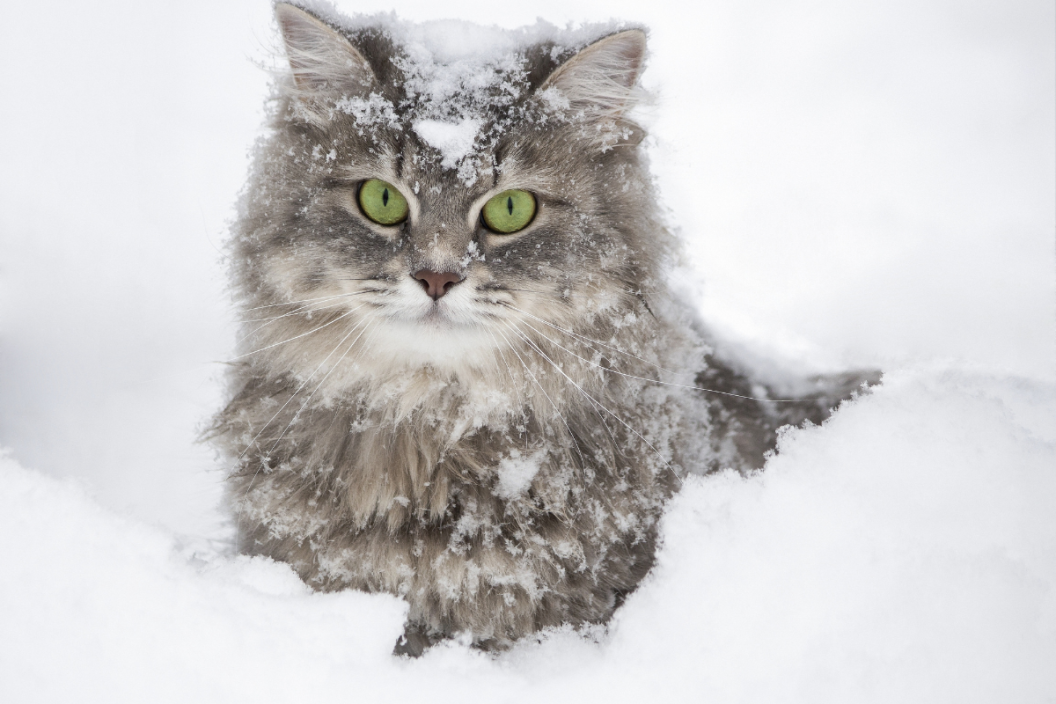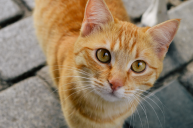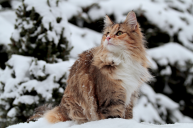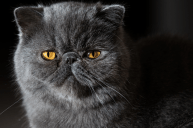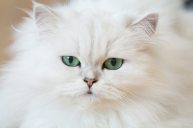Meet the playful and cuddly Siberian cat!
Russian folklore, fairy tales, and children's literature all include the Siberian cat breed. The Siberian cat is a big cat with water-resistant hair that is well-suited to cold conditions. Recognized by the Cat Fanciers' Association (CFA) and the International Cat Association, this hypoallergenic cat is also the National Cat of Russia. While Siberians are supposedly hypoallergenic, this has yet to be properly proven. All hues and color combinations, including white Siberians, are permitted in competition. Tabbies can have white on their chin, breast, and stomach, but bright colors and striking patterns in the ruff are preferred.
Fairy Tale Cats
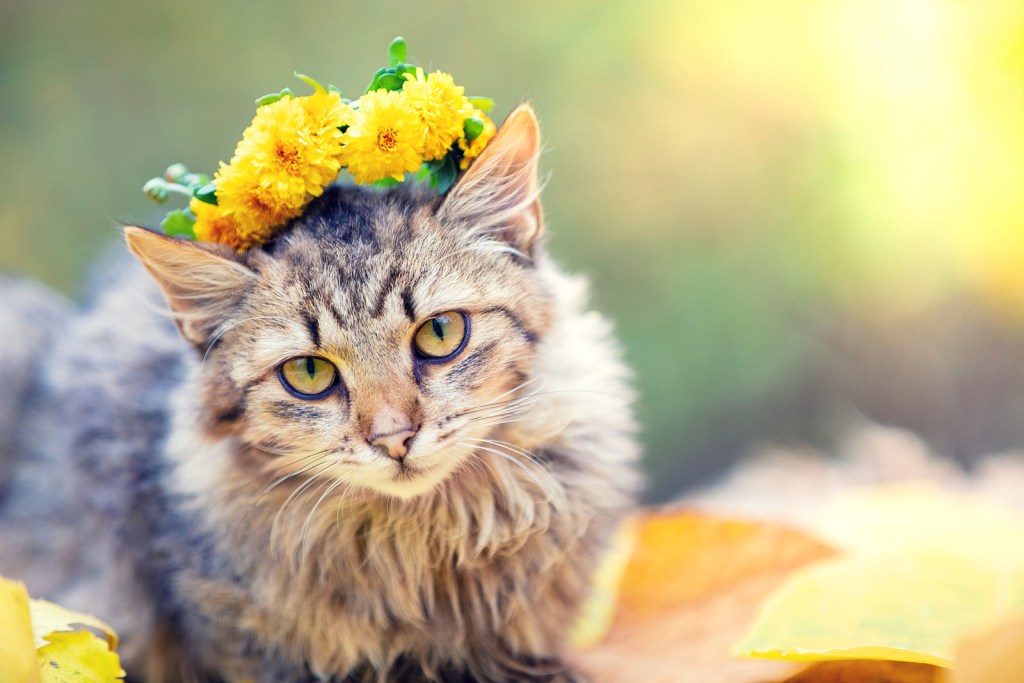
The Siberian Cat occurs in Russian folklore, fairy tales, and children's literature. Although references to the feline date back to 1,000 A.D., records on the breed were not preserved until the 1980s. The Russian longhairs who shared the spotlight at the show, on the other hand, may or may not have been Siberians, as no records of these cats were kept in Russia at the time.
According to Russian legend, Siberian cats formerly weighed up to 45 pounds and guarded their human families. They might be the progenitors of other longhaired cats like the Norwegian Forest Cat and the Maine Coon. They are also known as Siberian Forest Cats or Moscow Longhairs.
According to Harrison Weir's 1889 book, Our Cats and All About Them, longhaired cats that appeared at his renowned contemporary cat show in July 1871 at the Crystal Palace in London included the Russian, Angora, Persian, and Indian. Weir, known as the father of cat clubs everywhere, wrote that the Russian Longhair differs from Angoras and Persians in several ways, including its larger size, longer mane, large prominent bright orange eyes, and long, dense, woolly textured coat, including the tail, which is thickly covered with very woolly hair. Siberian coats have three layers, including outer guard hairs and inner awn hairs, which make them much more difficult to groom than a typical shorthair cat.
History
Longhaired Russian cats have been around for many hundreds of years. The mutation for long hair seems to have occurred in Siberia, Russia, Persia (Iran), and Asia Minor (Turkey). It's possible that the longhair mutation originally occurs in Russia and that Russian Longhairs spread into Turkey, crossbreeding with local cats to become the Angora cat breed.
Elizabeth Terrell sent four Himalayans to Nelli Sachuk and, in exchange, received three Siberians on June 28, 1990. The Siberian had captivated Terrell's heartstrings and purse strings. Just a month after Terrell received her Siberians, breeder David Boehm imported many Siberians of his own. On July 4, he returned with a collection of fifteen cats.
Appearance
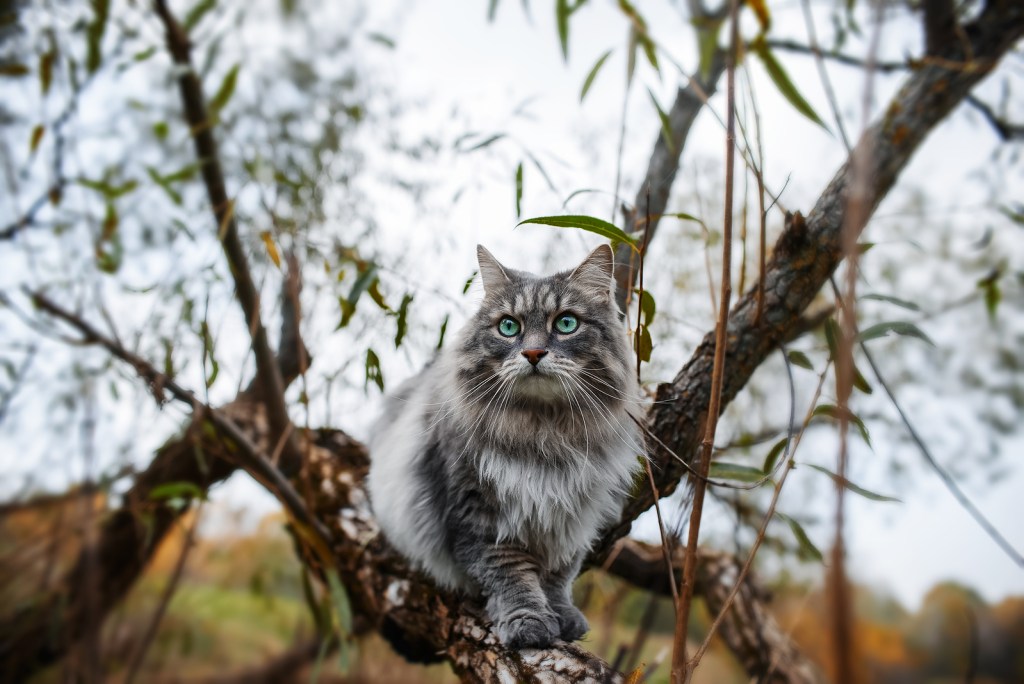
The Siberian cat breed is a large cat with water-resistant fur suited to cold weather. The top of the skull is wider than the bottom and narrows somewhat to a full-rounded snout. Between the ears, there should be a small doming and an almost flat region on the forehead. The chin is well-rounded but not projecting, and it is parallel to the nose. The eyes should be open, attentive, and expressive, with more than one eye width between them. The cat's hair should be long to longhaired with a triple coat.
The top of the skull is wider than the bottom and narrows somewhat to a full-rounded snout. Between the ears, there should be a small doming and an almost flat region on the forehead. The chin is well-rounded but not projecting, and it is parallel to the nose. The neck is rounded, strong, and well-muscled. Except for the color points with blue eyes, there is no link between eye color and coat or color pattern.
The hair on the shoulder blades and lower half of the chest should be thick and somewhat shorter than the hair on the rest of the chest. All colors and combinations, with or without white, are acceptable. White is acceptable in any amount and in any location, including buttons, spots, and lockets.
Tabbies may have white on their chin, breast, and tummy. Strong colors and distinct patterns are preferred, and silver tarnishing is not punished. In adult cats, there is a dense undercoat that becomes thicker in cold temperatures. The hair on the belly and britches may thicken to form curls, although a wavy coat is not typical.
Personality
Siberians are loving cats with a lot of personality and whimsy. Despite their size, they are quite nimble and excellent jumpers, capable of leaping onto towering bookshelves in a single bound. Siberians are obsessed with water, frequently dropping toys into their water bowls or examining baths before they're dry.
Siberians appear to be extremely clever, having the capacity to problem-solve to obtain what they desire. Siberians are communicative but not as chatty as Oriental breeds; they express themselves through mild meows, trills, chirps, and a lot of motorboat-style purrs. They adore sitting on your lap while getting groomed, which is a gratifying pastime for them. They are very dog-like, and their favorite pastime is to bring you a toy to throw again and again—and again.
Health
Siberian cats have a lifespan of 12-15 years and attain reproductive maturity sooner than other breeds - some as early as five months - and have bigger litters. To be safe, get their spay or neuter operation performed as soon as possible. Siberian cats are hearty and robust as a natural breed. Hypertrophic cardiomyopathy (HCM) is the sole congenital illness to keep an eye out for in these fuzzy sweethearts. HCM, the most prevalent of all feline cardiac disorders, is a thickening of the heart muscle that can lead to heart failure. If you have a Siberian cat, you should have your veterinarian do a screening.
Do you love the Siberian cat breed? Share with us on the Wide Open Pets Facebook page!
READ MORE: Can Cats Safely Eat Cheese?
